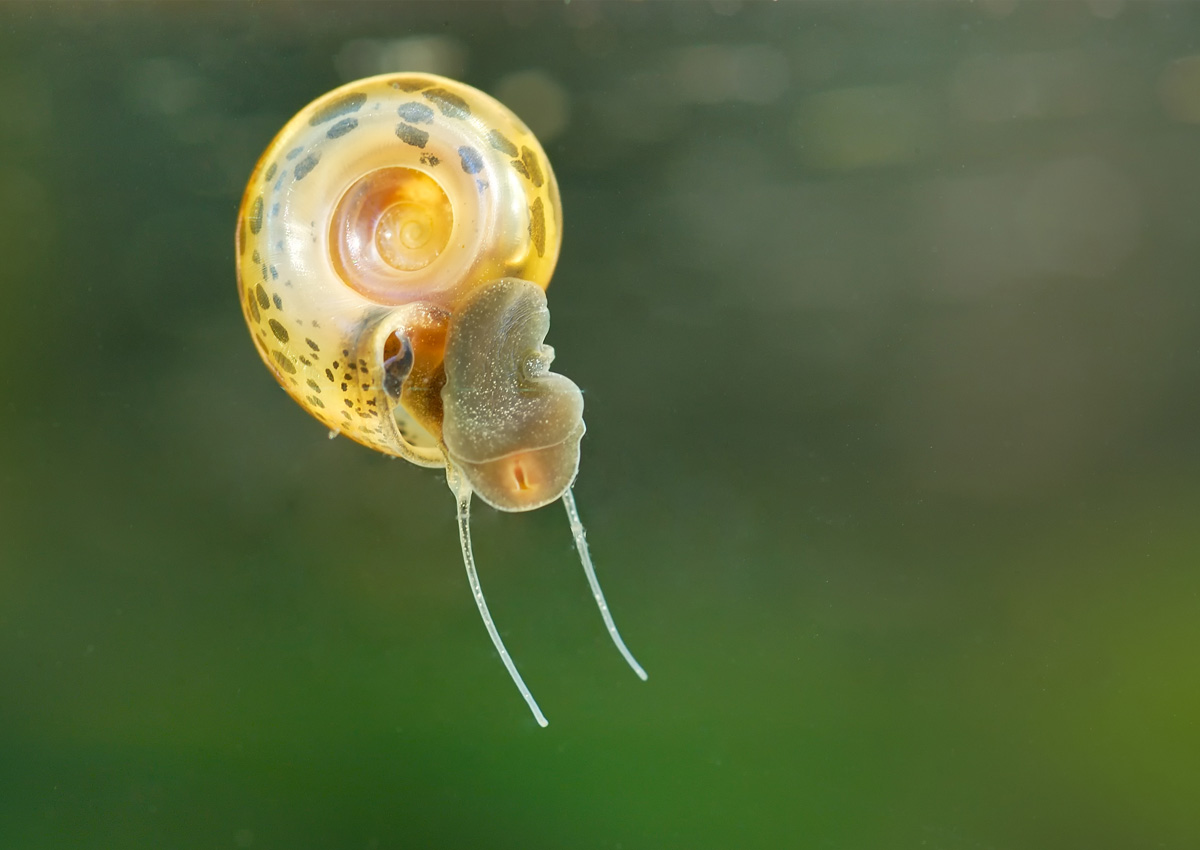
Model Shows Efficacy of CRISPR for Snail Immunity on Schistosomiasis Control
January 25, 2023| |
CRISPR gene drives could help control infectious diseases by accelerating the spread of engineered traits that limit parasite transmission in wild populations. However, gene drive technology in mollusks has received little attention despite freshwater snails being hosts of parasitic flukes that cause 200 million annual cases of schistosomiasis.
Global efforts to eliminate schistosomiasis have been going on for more than a century. Despite such efforts, it has remained widespread, with more than 200 million individuals infected and 800 million at risk of getting the disease. Second only to malaria in its health and economic impacts, schistosomiasis symptoms include abdominal pain, blood in urine or stool, fever, enlargement of the liver or spleen, and accumulation of fluid in the peritoneal cavity. The lasting consequences of the infection could include fibrosis and lesions of vital organs, infertility, and bladder and colorectal cancer.
A new population genetic model was developed to overcome self-fertilization in snails that could prevent the spread of a successful drive. The model accounts for snails' mixed mating and population dynamics, susceptibility to parasite infection regulated by multiple alleles, fitness differences between genotypes, and a range of drive characteristics. This was integrated with an epidemiological model of schistosomiasis transmission to show that biological and ecological factors can hinder a snail population modification drive targeting immunity to infection.
A gene drive could help in controlling schistosomiasis, which chemotherapy treatment has previously done. A drive can modify snail immunity and reduce the incidence of schistosomiasis in humans after several years. This indicates that gene drives, together with current public health measures, may become valuable in controlling the transmission of schistosomiasis.
For more details, download or read the open-access paper in PLOS.
| |
You might also like:
- Pocket K No. 54: Plant Breeding Innovation: CRISPR-Cas9
- Gene Drive: The Technology and its Potentials for Biodiversity Conservation
- Blood Parasite's Genome Decoded
Biotech Updates is a weekly newsletter of ISAAA, a not-for-profit organization. It is distributed for free to over 22,000 subscribers worldwide to inform them about the key developments in biosciences, especially in biotechnology. Your support will help us in our mission to feed the world with knowledge. You can help by donating as little as $10.
-
See more articles:
-
Gene Drive Supplement (January 25, 2023)
- Experts Tackle Key Considerations for the Establishment of a Global Gene Drive Project Registry
- COP15 Delegates Adopt Conservation Targets for 2030 and Beyond
- New System Effectively Turns Split Gene Drives Into Full Gene Drives
- Gene Drive Mosquitoes Hold Promise to Reduce Malaria Transmission
- Model Shows Efficacy of CRISPR for Snail Immunity on Schistosomiasis Control
- Policy Brief Presents Environmental, Socio-economic, and Health Impact Assessment for Gene Drive Organisms
-
Read the latest: - Biotech Updates (December 10, 2025)
- Gene Editing Supplement (November 26, 2025)
- Gene Drive Supplement (February 22, 2023)
-
Subscribe to BU: - Share
- Tweet

